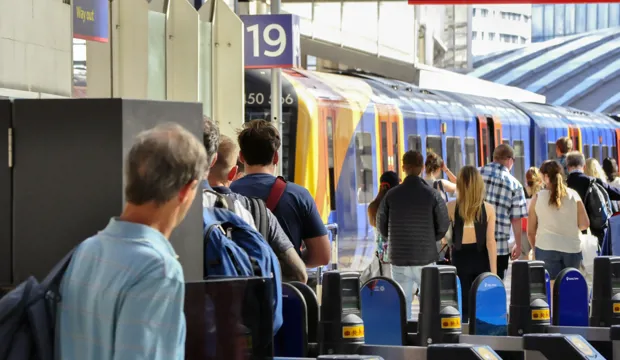
Lighthouse keeper transfer
IET Faraday® DIY Challenge Day
All of the resources here are provided for teachers to run their own Lighthouse keeper transfer challenge day with students aged 8-11, either from their own school or with teams invited from other local schools.
The aim of the IET Faraday® DIY Challenge Day is to enable students to experience the ways in which engineers work in a range of sectors and to discover more about what knowledge, understanding and skills are required. The IET Faraday® DIY Challenge Day can be used to enhance the current curriculum as it encourages students to use their existing knowledge of electrical circuits, forces, design and construction and will enable them to integrate learning in science, technology and mathematics.
Although the challenge is designed to be delivered across one day it can be split into smaller parts to accommodate the schools timetable as required.
The context of the challenge
This IET Faraday® DIY Challenge Day encourages students to consider how engineers work together to solve real-life problems. It enables students to experience the knowledge, understandings and skills engineers use within their work and the ways in which their strengths can be used to achieve an effective outcome.
Activity info and teachers' notes
The students will need to work as a team to design a way of getting lighthouse keepers back to the mainland from a lighthouse based on a small island 200 metres from the nearest land. The design will need to use a zip line to carry the keeper safely across the waves which can be high during storms.
The students will also need to design a way of getting the transfer system back to the lighthouse once it is safe enough for the keeper to return to the lighthouse so that it is available in the next storm.
The students will need to think about how to warn people the keeper is transferring to the mainland or that the transfer system is being returned to the lighthouse and how it could operate safely in dark and stormy conditions. Their prototype must include at least one electric circuit.
Engineers usually build prototypes to test out their ideas first so their prototype design will only need to carry the keeper 4 metres. The prototype will also be much smaller than the final product so will not be able to carry a person. To represent the keeper, they will be given an egg to transfer safely across the distance and land on the mainland without it cracking or smashing.
The students will have access to the Faraday shop and a budget of Faraday money. They will need to plan what resources to buy and manage and record their budget. At times they may need to make decisions about affordability and effective use and should be encouraged to identify alternative, possibly cheaper, approaches to their final designs.
At the end of the challenge day students will be asked to present their prototypes by demonstrating how their design could carry the lighthouse keeper (the egg) safely to the mainland.
You will need to set up a zip line to test the prototypes on. A nylon wire, such as a strimmer wire or a thick fishing line, works well for this. The angle of your zip line will depend on the type of line you use so you may need to experiment a little with this. If you have the angle too high the transfer system will move too quickly and the egg will smash, too low and the transfer system won’t move at all. You will also have to attach it in a way which allows students to thread their prototypes on if required. The students will have two opportunities to test their designs on the zip line and they may need to think about how they could adjust the forces to ensure the transfer of the egg is steady and smooth. This may mean them buying weights from the shop or finding ways to reduce friction on the line.
This final test could prove very messy so you may wish to hard boil the eggs first!
Designed for six teams of six students (36 students in total) aged 8-11 years, the challenge encourages the development of students’ problem solving, team working and communication skills.
This activity day can be tailored to the needs of your school and your students by adapting the PowerPoint presentation and the editable student booklet.
What's included?
The complete set of downloadable materials includes:
- Teachers' pack
A list of the practical materials needed, presenters’ notes highlighting key areas and reinforcing key themes throughout the day, some handy hints on how to deliver the day . . . plus printable Faradays currency and student certificates. - Student booklet
Available as an editable MSWord document to allow the booklet to be adapted to meets the needs of your students and your school. - PowerPoint presentation
A step-by-step guide for your students throughout the day, with supporting notes for the delivery of the presentation.
It's free to download all the activity sheets below!
All online resources are free to download, and the student booklet and PowerPoint presentation are fully editable, so you can tailor them to your students' and your schools' needs.
And please do share your classroom learning highlights with us @IETeducation





